Concept cars are unfulfilled pockets of potential. Free from the restrictions of accountants sticking within budgetary constraints, legislation in a multitude of countries and, sometimes, even the need to drive on road. Manufacturers usually display these concepts at big motor shows. They are celebrations of design and what they could engineer if they wanted to. This week, we have a look at the Volkswagen W12, known colloquially as the Nardo Concept.
Follow Double Apex on Facebook and Instagram, where we share more car content.
Luxury on the mind
Already one of the world’s largest automakers in 1998, and on a takeover spree that included Lamborghini and Bugatti in the same year, Volkswagen was trying to prove itself as a manufacturer of more premium vehicles instead of just having a separate arm of the business that sold the fancy stuff – much like Nissan and Toyota did with the Infiniti and Lexus marques. High-end vehicles like big sedans and SUVs also need big engines (the thinking then was the complete opposite of today’s downsizing – ed). And for the upcoming Phaeton and Touareg, Volkswagen’s engineers were planning a 12-cylinder.
Was the supercar a happy coincidence?
Volkswagen AG’s then CEO Ferdinand Piech commissioned the Italdesign studio to pen a supercar. Under the guidance of legendary designer Giorgettio Giugiaro. The instructions were that it should accommodate a 12-cylinder powerplant in W configuration and Volkswagen’s Syncro all-wheel-drive system. The W12 Coupe debuted at the 1997 Tokyo Motor Show to the stunned delight of the automotive industry and assembled crowd, who must have believed Volkswagen’s first supercar to be right around the corner from production status. What added fuel to the flames of production rumours was the unveiling of the W12 Roadster. The reveal took place the following year at the 1998 Geneva Motor Show.
Click here to read about the Bugatti Chiron’s recent speed record.
The W12 was obviously fast
The W12 Coupe and Roadster concepts were powered by a 5,8-litre that produced 309 kW. While the yellow Coupe concept used the Volkswagen Syncro all-wheel-drive system, the Roadster sent its torque to the tarmac via the rear wheels only. Volkswagen teased its might yet again in 2001 with an updated version of the W12 at that year’s Tokyo Motor Show. It boasted 440 kW and 620 N.m of torque. It was capable of a 350 km/h top speed and thanks to its low weight of just 1 200 kW, a zero to 100 km/h sprint of just 3,5 seconds. Later in 2001, an unpainted W12 broke 10 international records on the high-speed Nardo circuit in Italy. Subsequently, it would go on to better some of those the following year. It also set a 24-hour record, with a staggering average speed of 322,89 km/h over 7 740 km. Later, aficionados would dub the W12 the Nardo, in celebration of its records.
In this series, we’ve also had a look at:

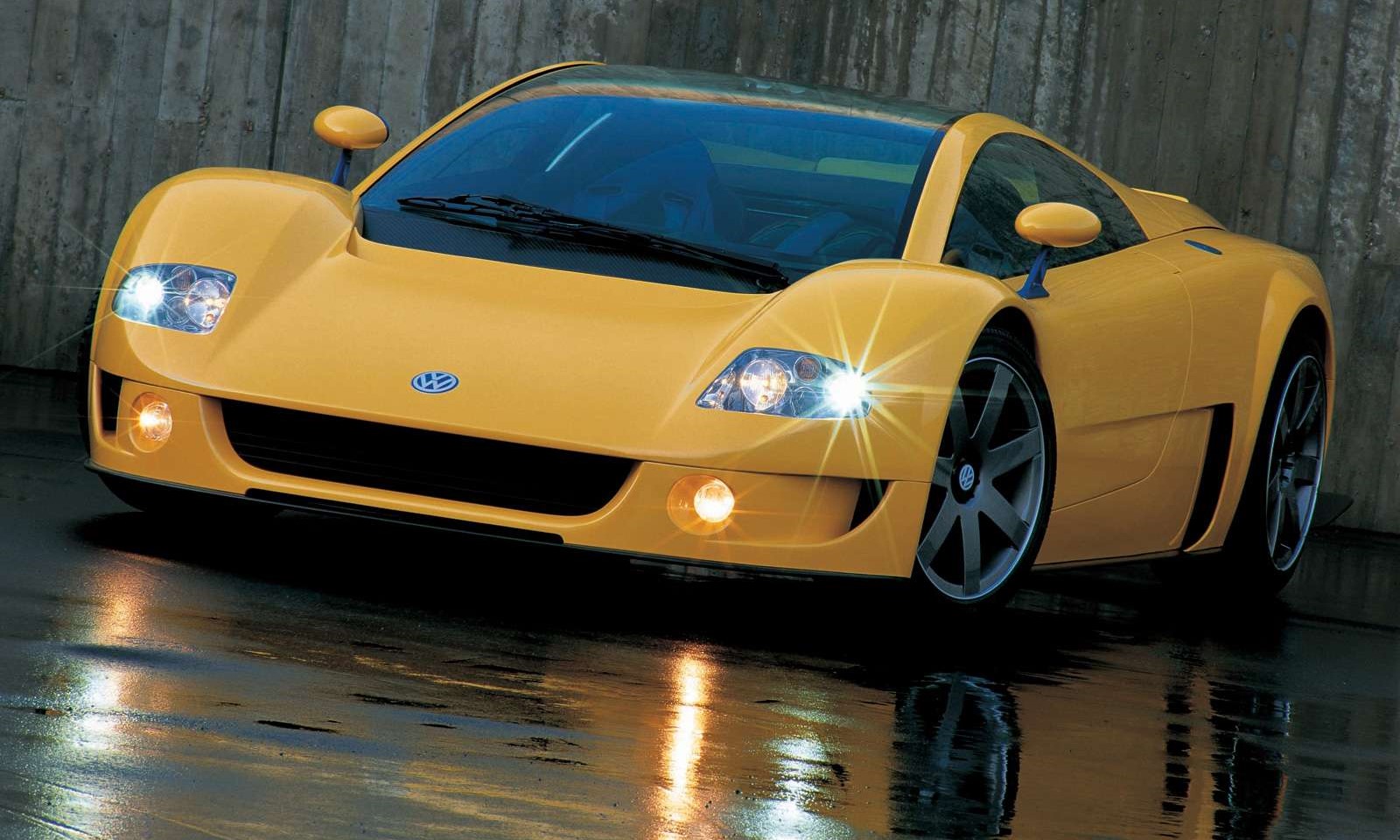
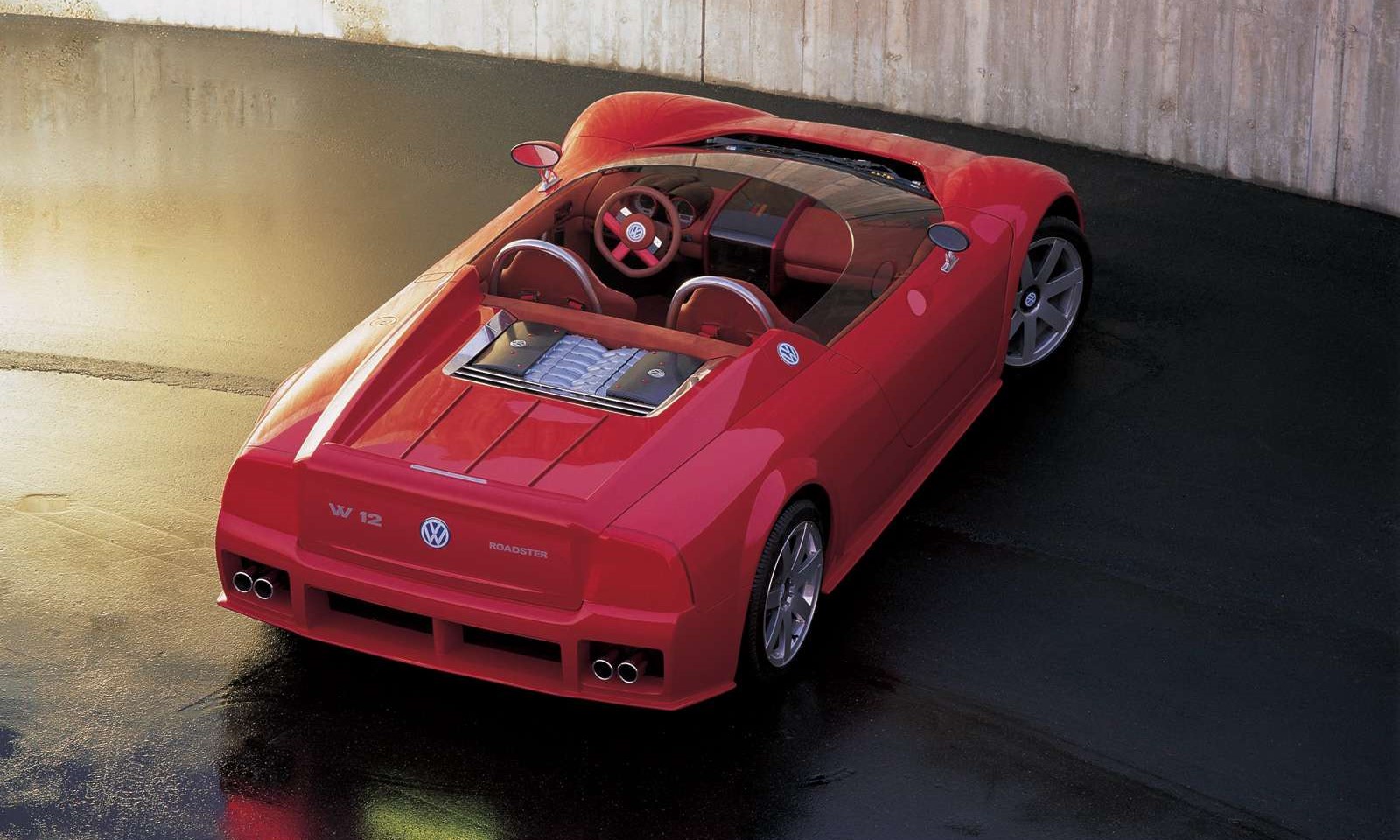
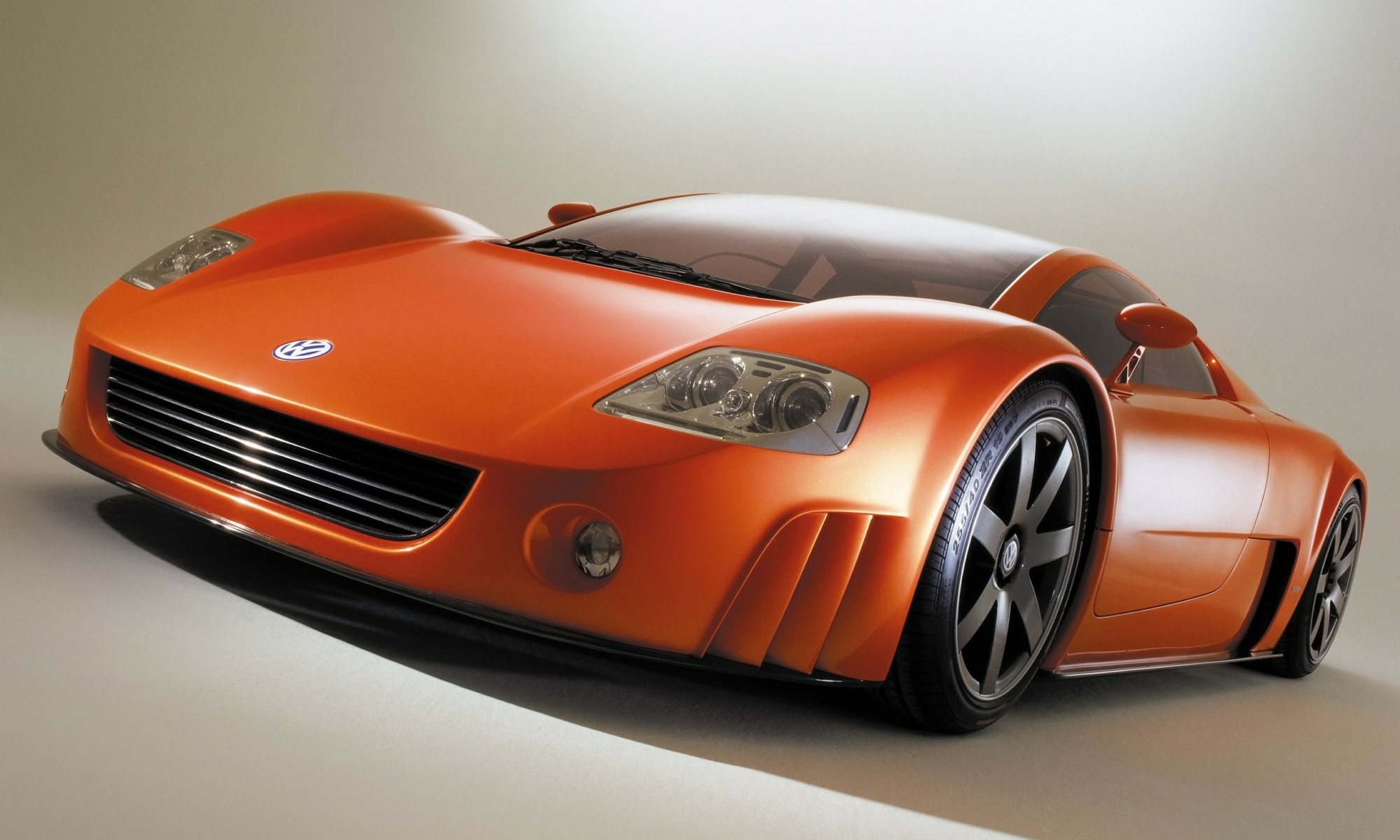
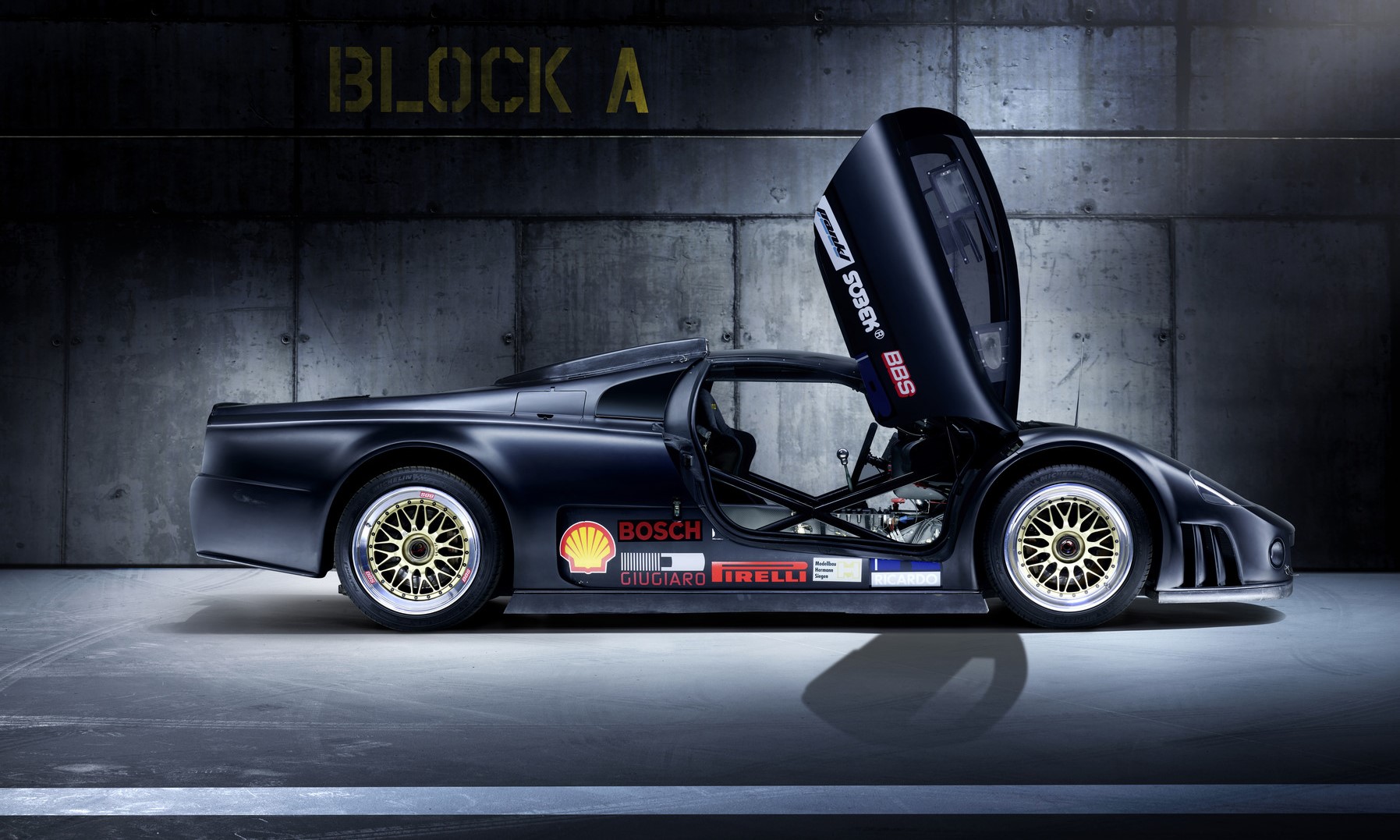

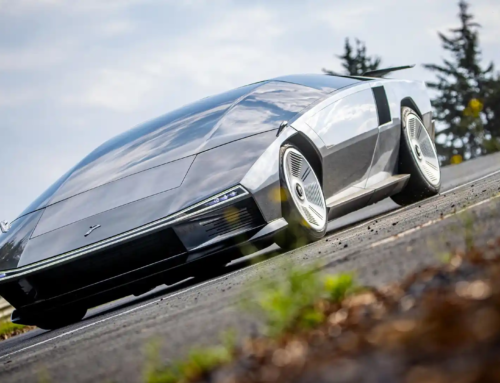
![Chevrolet Corvette ZR1X: An American Hypercar [w/video]](https://doubleapex.co.za/wp-content/uploads/2025/06/Corvette-ZR1X-with-aero-kit-500x383.webp)
![2025 FIA WEC 24 Hours of Le Mans: Race Report and Ramblings [w/video]](https://doubleapex.co.za/wp-content/uploads/2025/06/2025-FIA-WEC-24-Hours-of-Le-Mans-start-500x383.webp)
Leave A Comment